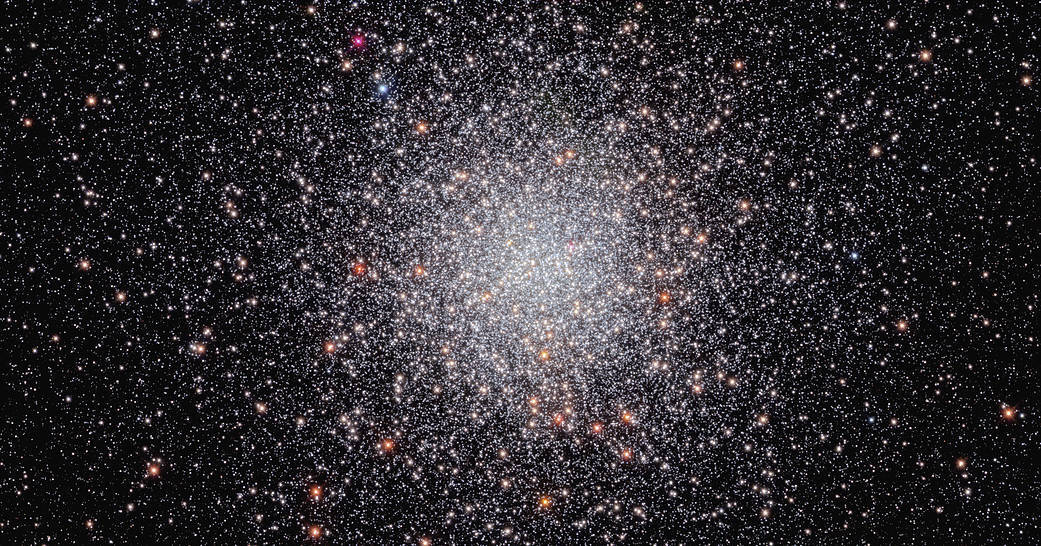2.12.2022

Looking like a glittering swarm of buzzing bees, the stars of globular cluster NGC 6440 shine brightly in this NASA Hubble Space Telescope image. The cluster is located some 28,000 light-years away in the constellation Sagittarius, the Archer.
Globular clusters like NGC 6440 are roughly spherical, tightly packed collections of stars that live on the outskirts of galaxies. They hold hundreds of thousands to millions of stars that average about one light-year apart, but they can be as close together as the size of our solar system.
The data used to create this image came from five different Hubble observing programs, four of which focused on the properties of pulsars. Pulsars are highly magnetized, rotating neutron stars emitting a beam of electromagnetic radiation from its magnetic poles. To us, that beam appears as a short burst or pulse as the star rotates. Pulsars spin extremely fast. Astronomers have clocked the fastest pulsar at 716 rotations per second, but a pulsar could theoretically rotate as fast as 1,500 rotations per second before they slowly lose energy or break apart.
Image credit: NASA, ESA, C. Pallanca and F. Ferraro (Universits Di Bologna), and M. van Kerkwijk (University of Toronto); Processing: G. Kober (NASA/Catholic University of America)
Quelle: NASA
